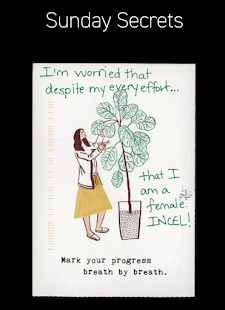What is Electronic Literature?
Electronic literature is defined as literature that utilizes digital capabilities to convey its narrative. This term is purposely broad, the genre of electronic literature is expanding constantly, and includes a large variety of media. Works of electronic literature are native to the digital world, therefore, according to the textbook Electronic Literature, "there is no way to experience a work of e-literature unless a computer is running it - reading it and perhaps also generating it" (Strickland, 2009). However, success from E-Literature does not emerge from the literature itself, but the interaction of technology with the aesthetic concerns within a larger historical context. A reader does not simply learn to read the content or style, but they must understand the rules of operation in a particular piece of digital media. The innovation present in electronic literature resembles that of the experimental writing and Avant guard movements of the twentieth century. Yet, the cultural placement of electronic literature is unstable in comparison to previously established literary fields; whether it be either unpublishing on the internet, or an author simply forgetting to renew their web hosting.
Victory Garden, written by Stuart Moulthrop is one notable example of electronic literature and remains to be an important piece of hypertext fiction. The story was created in Storyspace, the hypertext program created by Michael Joyce, Jay David Butler, and John B. Smith, and is licensed by Mark Bernstein of East Gate Systems in 1992. The novel is set during the Gulf War in the year 1991. There is no exact protagonist in the story. However, there is a a series of networked characters, and through the readers interaction, their different stories can connect and interact in different ways. A new experience can be present within each reading of the Victory Garden, thanks in part to the unique qualities of the medium it has been created in.
http://www.eastgate.com/VG/VGStart.html


I'm glad you brought up a hypertext example! I have been fascinated with how the stories are intertwined but can be read in completely different ways, depending on how the reader explores. In the one I found, there is a main story/character that you usually are following. I like how this one is different in the fact that there is no main character and everyone is just within the network of stories.
ReplyDelete